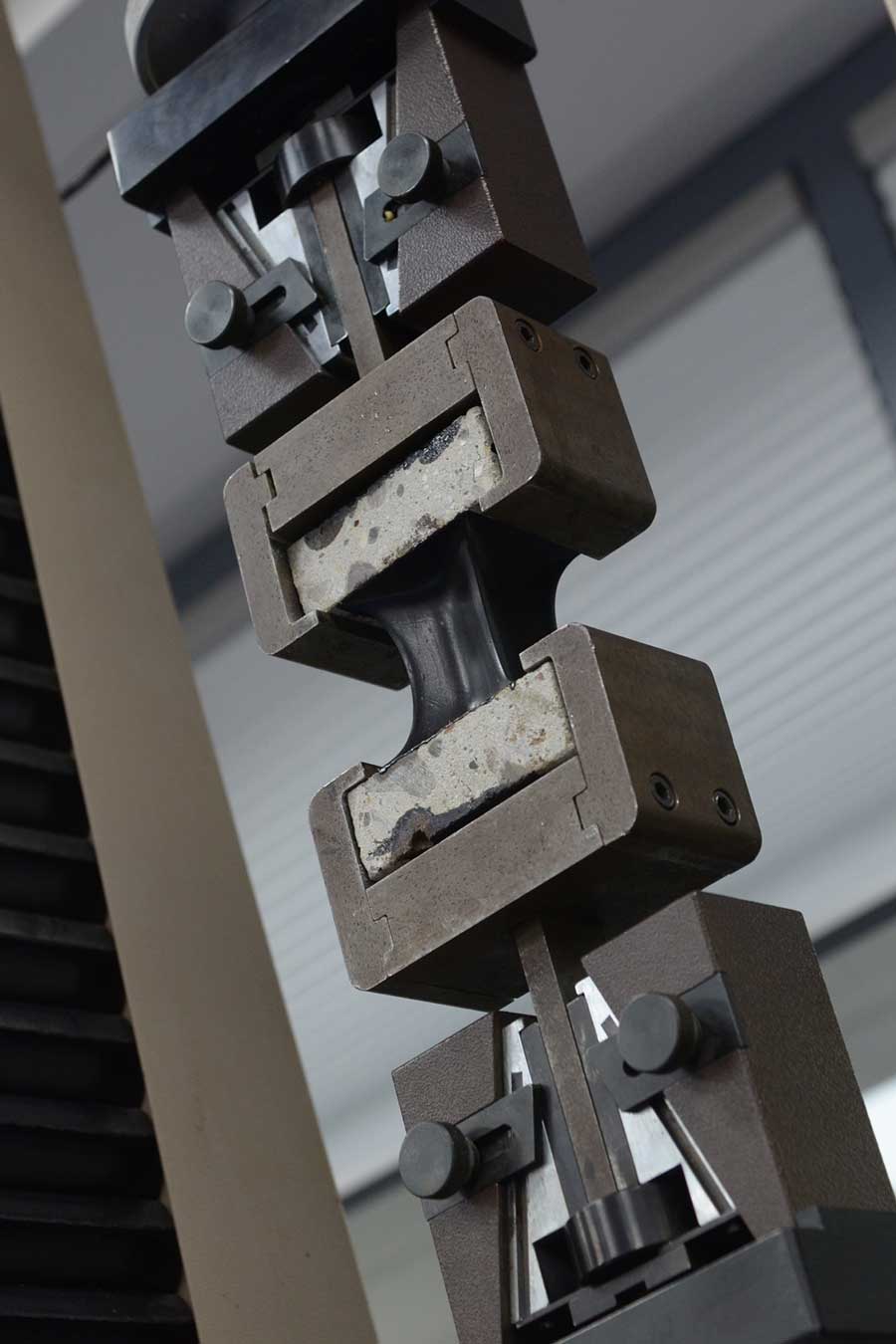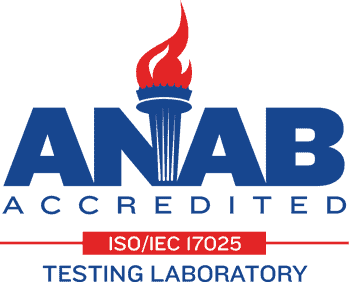A Brief History of ASTM D6690
ASTM D6690 is actually the combination of several different test standards that have been developed over time based on the unique service environments of each type of crack sealant or filler. The first of the original standards, ASTM D1190, was first published in 1952. While the methods originally outlined in ASTM D1190 are still in use, the standard was not robust enough for concrete crack filler materials destined for temperatures colder than -18°C.
Over time, more standards were developed, including Federal Specification SS-S-1401C and ASTM D3405. These were eventually combined to create ASTM D6690.
ASTM D6690 Today
Today, ASTM D6690 uses four “types” to classify different crack and joint sealants based on their service environment. Most types are determined by the lowest temperature they may encounter while in service.
- Type I: Moderate climates. These crack repair sealants are tested for low temperature performance at -18°C, with an extension of 50%. Type I is virtually identical to ASTM D1190.
- Type II: Most climates. The low temperature testing threshold for these sealants is -29°C, at a 50% extension. Type II was formerly known as ASTM D3405.
- Type III: Most climates. Type III is virtually identical to Type II, save for the addition of water-immersed bond testing and aged resilience testing. Type III is best suited for sealants that will be used in wet environments, such as Florida or a tropical island. Type III was formerly known as Federal Specification SS-S-1401C.
- Type IV: Very cold climates. These sealants are subjected to 200% extension at -29°C. Type IV was not a standalone specification before ASTM D6690 was created. However, some cold-weather states used a modified version of ASTM D3405, referred to as “Low Modulus ASTM D3405,” which largely informed the development of the Type IV method.
Along with test temperature, ASTM D6690 also specifies maximum flow and cone penetration specifications for each of the four types of crack sealant.
ASTM D6690 TEST DETAILS
Test samples are collected at random and must come from sealed containers of finished material. Because ASTM D6690 covers a variety of test methods, separate samples must be prepared for each. Methods include penetration, resilience, bond to concrete, softening point, and compatibility testing. Each sample must be left to rest for 24 hours prior to testing.
Each sample undergoes a series of preliminary assessments to establish a baseline. Samples are then poured into a prepared test setup with two concrete block samples. The type of sealant under test will determine the size and thickness of the sample. The full sample preparation process is explained in detail in ASTM D5329. Once again, samples are left to rest for 24 hours to acclimate to laboratory conditions.
Once the samples are appropriately conditioned they are subjected to repeat extension testing at the temperature and elongation dictated by the standard. The standard also specifies the number of testing cycles for each type of sealant. After each cycle, the sealant is allowed to recompress at room temperature for two hours before being reconditioned at the designated temperature.
After testing, samples are examined for signs of delamination between the concrete block and the sealant. All delamination must be reported, taking special note of any delamination greater than 6.0 millimeters.
Exceptions to ASTM D6690
It’s worth noting that ASTM D6690 does not include any fuel immersion, exposure, or compatibility testing. Anyone seeking to validate crack repair sealants that will be exposed to fuel while in service—such as those used in vehicle maintenance facilities or fueling stations—will need to use additional methods to ensure performance.
Sealant testing from ACE Laboratories
ACE Laboratories is proud to offer specialized expertise in testing and validation for construction materials, including crack sealants and fillers. Our laboratories are equipped with state-of-the-art testing equipment and staffed by experienced technicians who understand the unique needs of the construction industry. Whether you’re developing a new product or working to make an existing product better, you can count on ACE to get you the data you need to achieve your goals.
To learn more about ASTM D6690 and other sealant testing methods, talk to a member of our construction testing team.


